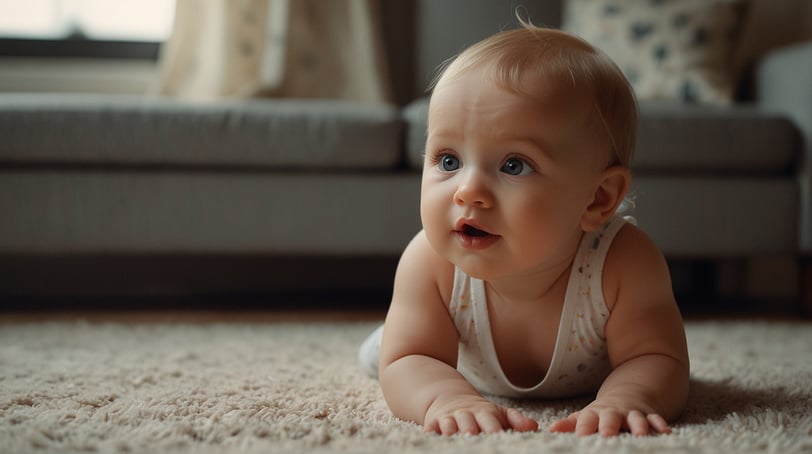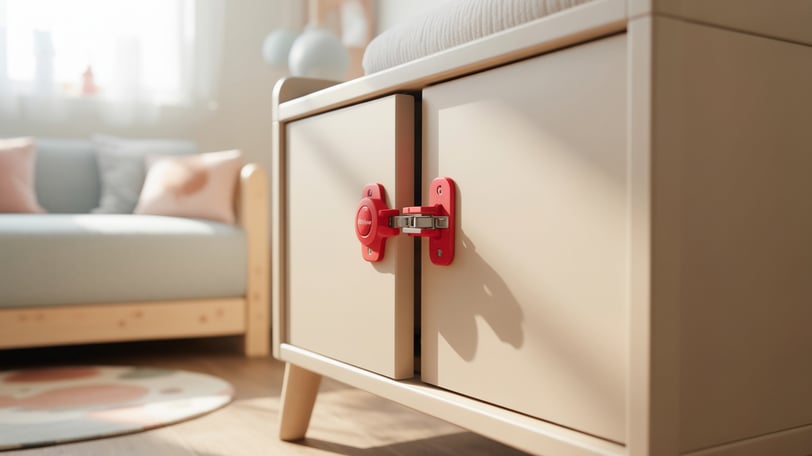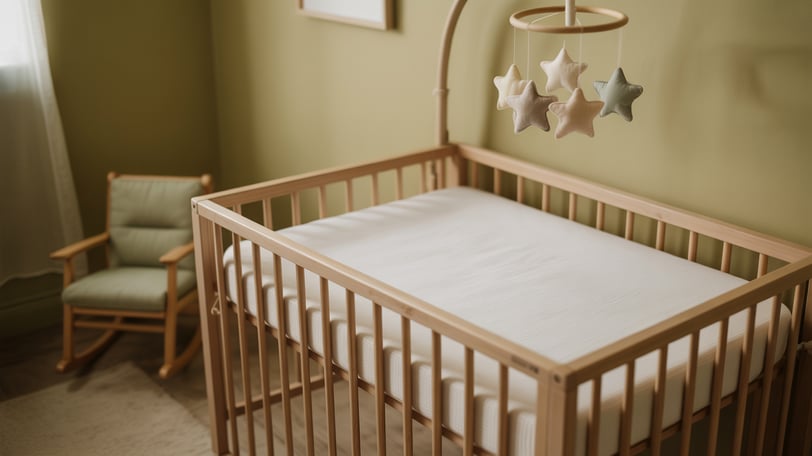Tips for Baby-Proofing Your Home to Ensure Infant Safety
Learn baby-proofing your home effectively to safeguard your infant from potential hazards and create a secure environment for them to explore and grow safely.


Creating a safe environment for your newborn is a top priority for every parent. Baby-proofing your home is a crucial step in safeguarding your little one from potential hazards and accidents. In this comprehensive guide, we'll explore essential tips and strategies for effectively baby-proofing your home to keep your infant safe and secure.
Assessing Potential Risks: Before you begin baby-proofing your home, it's essential to identify potential hazards and risks that could pose a danger to your infant. Start by conducting a thorough assessment of each room in your house, paying close attention to areas where accidents are more likely to occur.
Securing Furniture and Fixtures: Unsecured furniture and fixtures pose a significant risk to infants, especially once they start crawling and exploring their surroundings. Take proactive measures to anchor heavy furniture such as bookshelves, dressers, and TV stands to the wall to prevent tipping accidents. Use furniture straps or brackets to secure items securely in place.
Installing Safety Gates: Safety gates are essential for restricting access to areas of the house that may be unsafe for your baby, such as staircases, kitchens, and bathrooms. Install safety gates at the top and bottom of staircases and in doorways to prevent falls and accidents. Choose gates that are sturdy, properly installed, and equipped with childproof latches.


Childproofing Cabinets and Drawers: Cabinets and drawers containing cleaning products, sharp objects, or other potentially harmful items should be secured with childproof locks or latches. Install safety locks on cabinets in the kitchen, bathroom, and laundry room to prevent your baby from accessing dangerous substances or objects.
Covering Electrical Outlets: Exposed electrical outlets pose a significant risk of electric shock for curious infants. Use outlet covers or caps to childproof electrical outlets throughout your home. Opt for sliding outlet covers or outlet plugs that are difficult for small hands to remove but still allow easy access for adults.
Cord Management: Cords from window blinds, curtains, and electronics can present a strangulation hazard for infants. Keep cords out of reach by using cord winders, shortening cords, or installing cordless window treatments. Secure cords to the wall or baseboards to prevent your baby from pulling on them.


Eliminating Choking Hazards: Infants are naturally curious and tend to put objects they find into their mouths. Minimize the risk of choking by removing small objects, toys, coins, buttons, and other potential choking hazards from low-lying surfaces. Keep small items out of reach or store them in secure containers with tight-fitting lids.
Creating Safe Sleep Environments: Ensure that your baby's sleep environment is safe and conducive to restful sleep. Use a firm mattress with a fitted sheet in the crib, bassinet, or co-sleeper. Avoid using blankets, pillows, crib bumpers, or stuffed animals, as they can increase the risk of suffocation or SIDS (sudden infant death syndrome).
By taking proactive steps to baby-proof your home, you can create a safer environment for your infant to explore and thrive in. Remember to regularly reassess and update your safety measures as your baby grows and becomes more mobile. With proper precautions in place, you can enjoy peace of mind knowing that your little one is protected from potential dangers.
